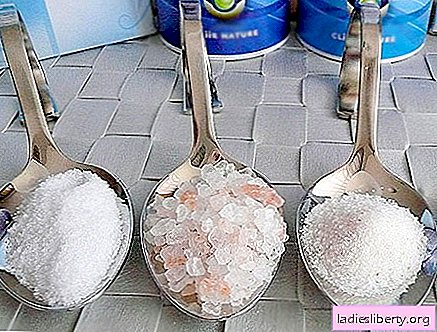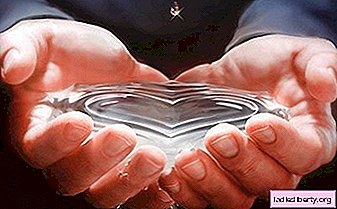
New recommendations of the World Health Organization have been issued, according to which the intake of sodium for adults should be less than 2 g per day, which is equivalent to 5 g of salt. Exactly 5 g of salt was previously recommended. For the first time, recommendations on potassium standards were issued - more than 3.5 g per day, but not less than 2 g.
For children, the norms, of course, are lower and depend on age and energy needs. In each country, pediatric services themselves must calculate the required amount of sodium and potassium for children of all ages, starting from two years.
The problem is that most of the world's population eats very little potassium, but too much sodium, which contributes significantly to diseases such as cardiovascular, hypertension, stroke and osteoporosis.
In its recommendations, WHO proceeds from the fact that sodium is naturally found in many foods. In eggs, for example, about 80 mg of sodium per 100 g, in milk and dairy products - about 50 mg per 100 g. In cooked food, this element is present in much larger quantities. A lot of sodium, 250 mg in bread, and 1.5 g per 100 g of product in bacon, chips and popcorn.
Among potassium-rich foods, legumes (about 1.3 g per 100 g of product), nuts (600 mg per 100 g), parsley, cabbage, spinach (550 mg per 100 g), bananas, papaya, dates (300 mg) are distinguished. per 100 g). It should be borne in mind that the cooking process significantly reduces the potassium content in foods.











